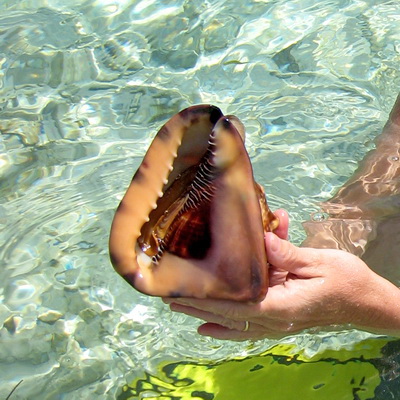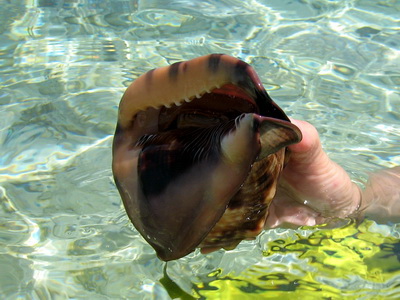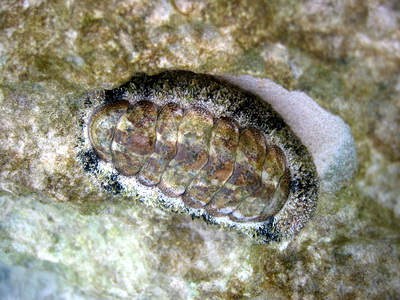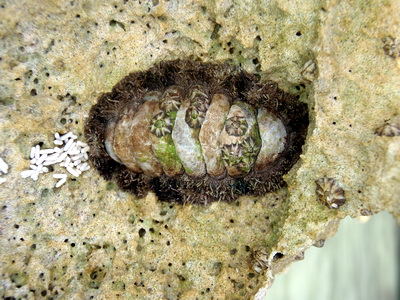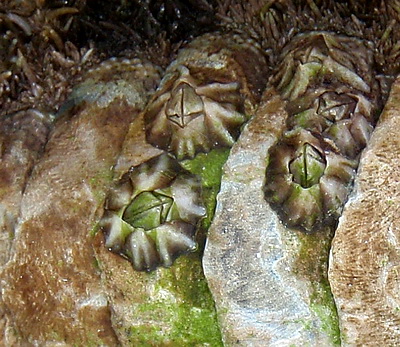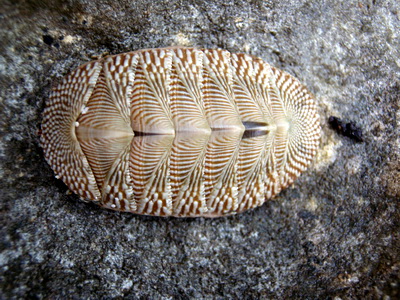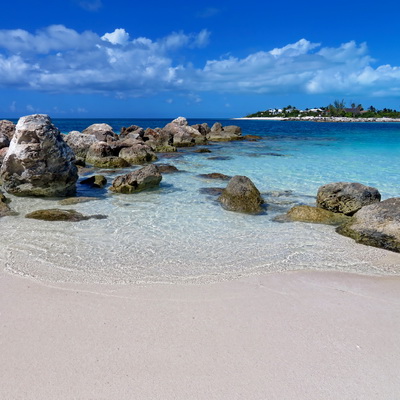
Babalua Beach is simply a lovely spot for lazing in the water, snorkeling around the rocks or the reef just off shore, pelican watching, and exciting for the kids too. It is on the other side of the Turtle Cove Marina boat channel.
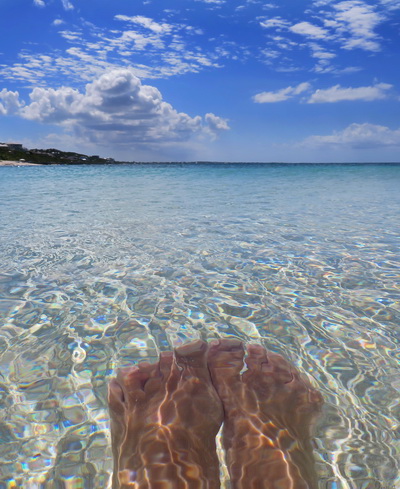
The water is always crystal clear as you wiggle your toes in the sand and the shallows as the sun creates sparkling prisms on the water.
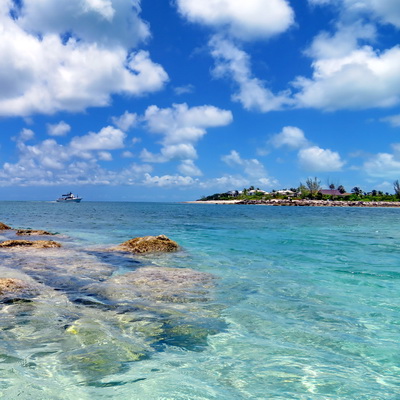
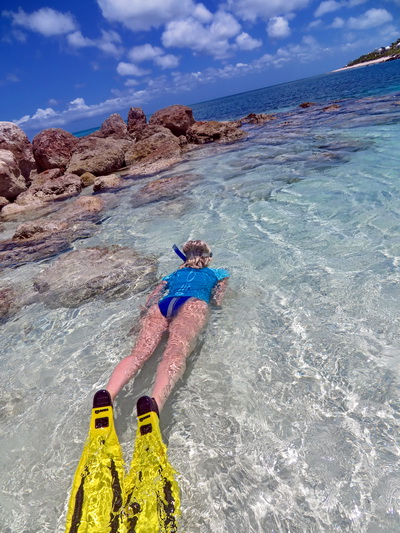
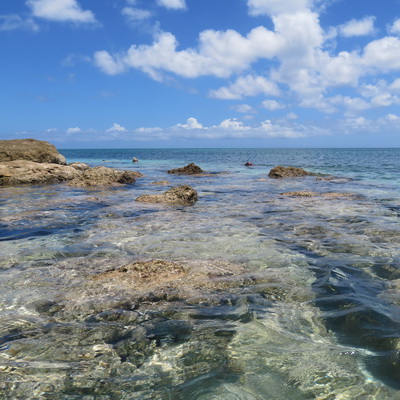
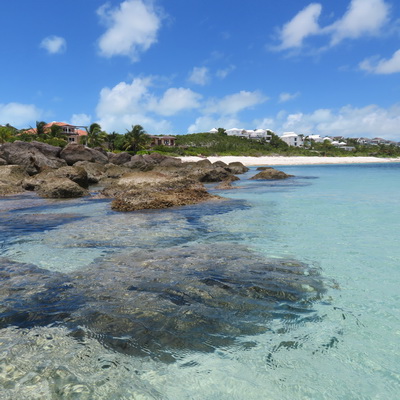
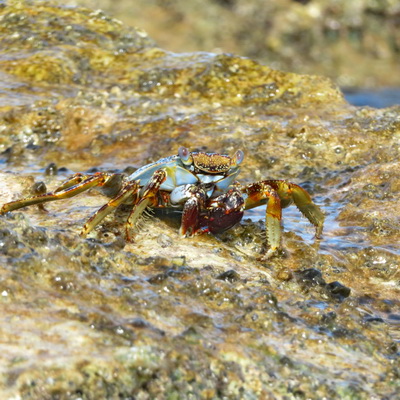


Babalua is full of activity. I managed to get up real close to the pelicans and the resulting photos were spectacular. The Caribbean brown pelican, has a wingspan of around 5 to 8 feet and a weight of 6 to 12 pounds. Endless entertainment as they dive bomb into the water and scoop up fish in their large bills, which can hold up to 3 pounds. Their bills are a natural sieve that will drain out all of the excess water.
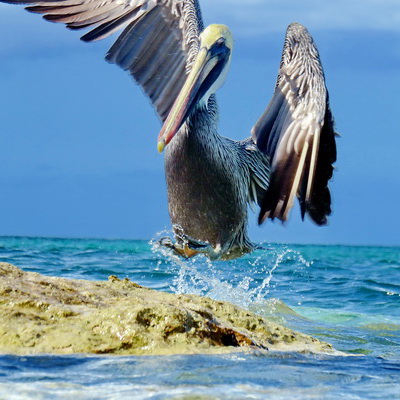
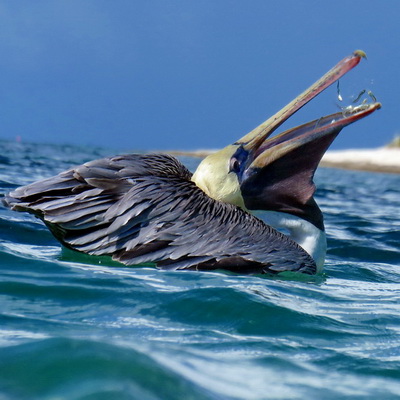
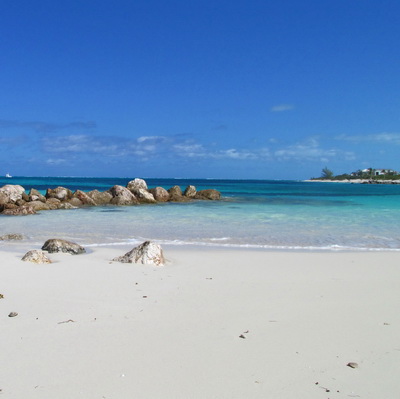
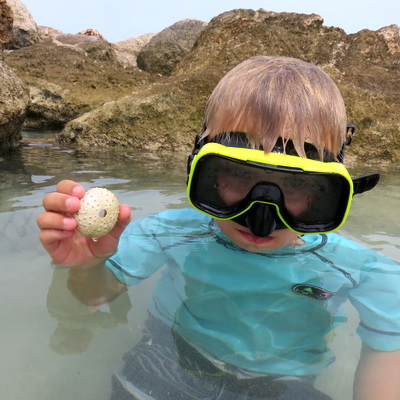
Eve finds and takes a closer look at a spectacular King Helmet shell while snorkeling off Babalua beach a while ago. They have a thick, glossy “shield” on the inside of the aperture on the bottom of the shell. This can be carved into cameos, and so they are sometimes called “cameo shells.
Keep a watch for these striking shells as you snorkel. The waters are brilliantly clear and hopefully you will enjoy seeing a variety including the Queen Conch.

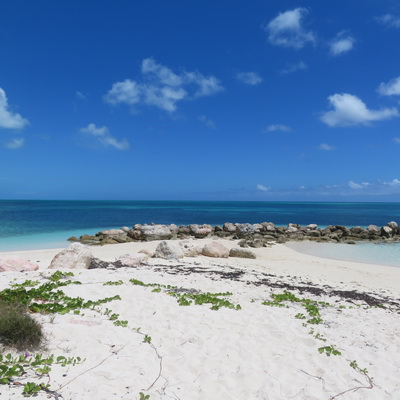
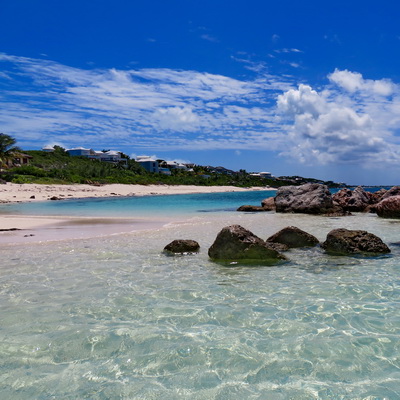
Take some time to travel around Providenciales and while away a few hours at our more hidden beaches that are tucked away. Here at our villas…….Harbour Club Villas and Marina, we can give you ideas as to where you might go. We’ve been on Provo for over 20 years and know all the best spots. Hope to see you soon!
Marta
http://www.harbourclubvillas.com

